As Team GB welcomes more women than men, we ask: why is research on how female bodies best perform so woefully lacking?
It's billed as the first gender equal Olympics, but research isn't keeping up.
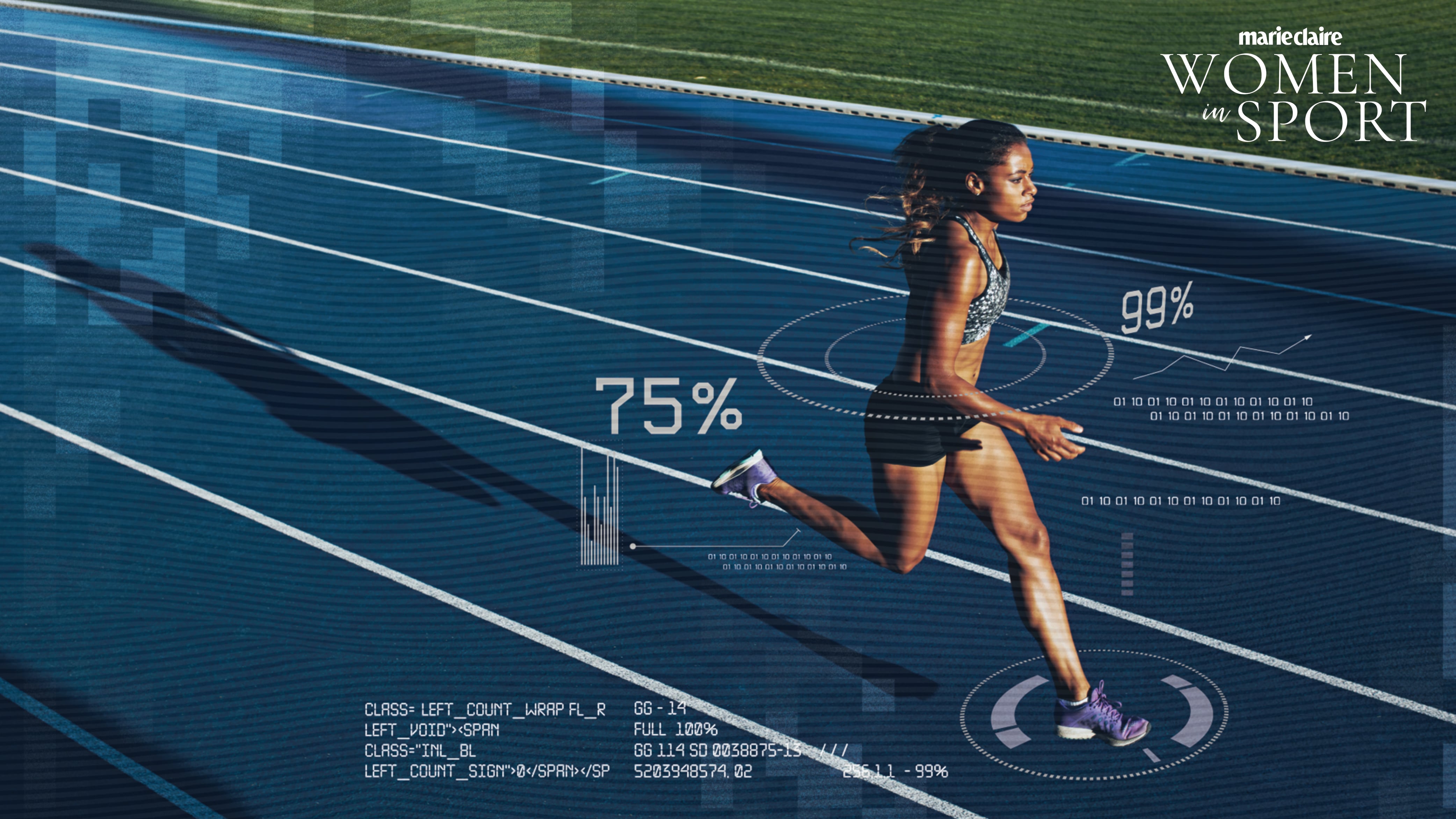
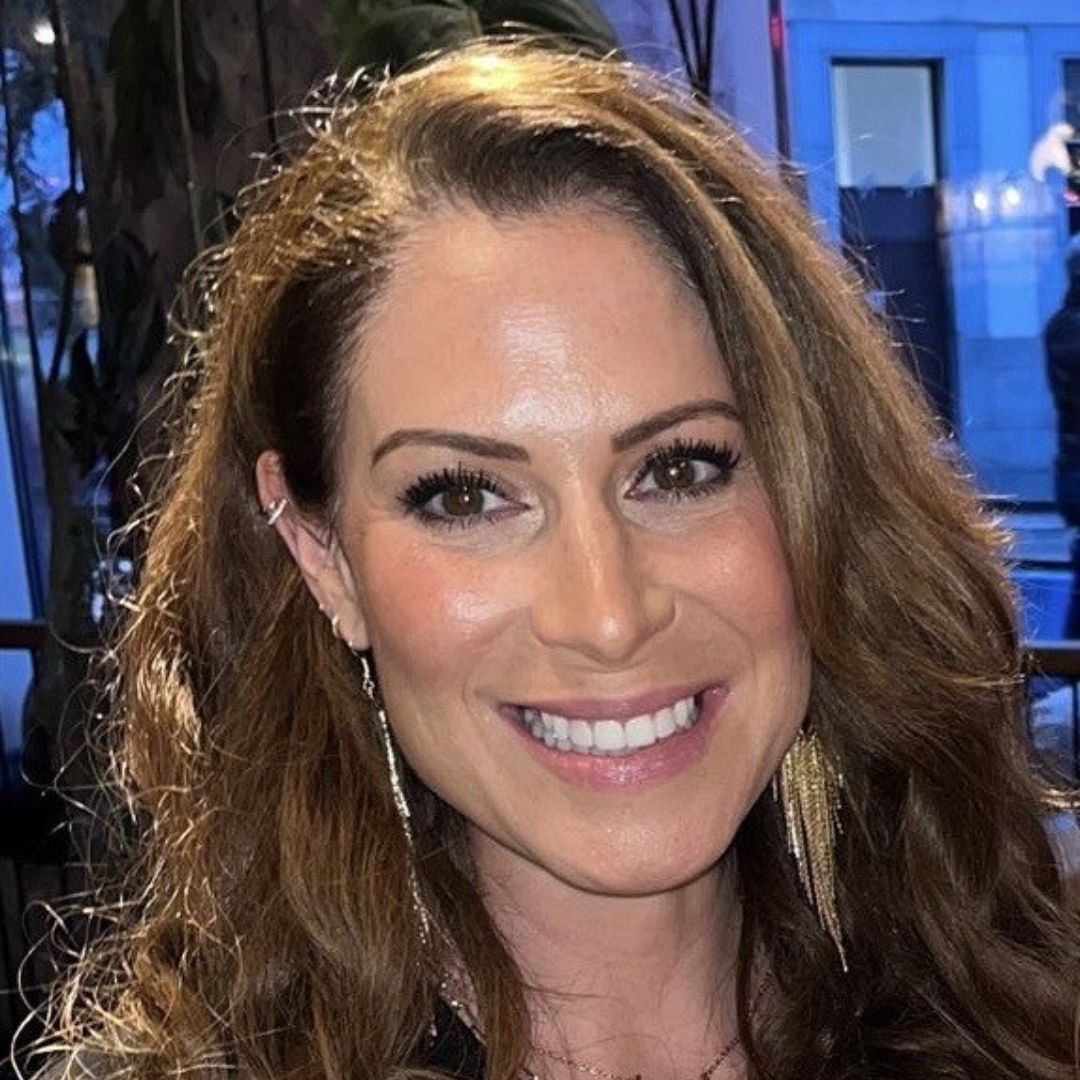
For the first time in Olympic history, at Paris 2024 Team GB has more women athletes than men representing the four countries of the United Kingdom. Indeed, the games will have 155 male athletes and 172 female athletes representing Great Britain – a fact that is all the more fitting, given that it was at the Paris Olympics in 1900 that women were allowed to compete for the first time.
And it’s about time. Women’s sports across the board have come to the forefront in the past few years – who can forget that history-making win at the Women’s Euros – and while this year’s Olympics is undeniably a milestone for women in sport, it has served to highlight the fact that science isn’t keeping up. There’s a huge disparity in research into how female bodies perform best, as it’s estimated that a mere 6% of all research performed on endurance athletes has been done on women.
Why does this matter, you might ask? Well, high-quality and wide-ranging sports science research is crucial to help athletes perform better, for longer, and with fewer injuries, allowing female participation in sport (whether at elite or grassroots level) to thrive.
Here, we take a look at the reasons behind this gender research gap and speak to the people and organisations who are tackling the issue head-on. Keen to scroll through some of the most iconic looks? Below, we've rounded up our favourites throughout history. This feature is part of our Women in Sport summer special, so do be sure to check out our cover interview with Team GB sprinters Daryll Neita and Laviai Nielsen, plus 14 things you didn't know about the athletes, while you're at it. For more in-depth explainers, read our supporting features on why mothers are underestimated in sport and the most iconic Olympic fashion moments of all time.
Why is there such a lack of research into how female bodies best perform?
There’s no doubt that sport science, exercise and medical research on the female body is lagging behind the work done (and being done) in the male space – that much is clear. But when it comes to the reasons as to why, things are more complex than you might expect.
“There are several reasons why there is such a small body of research into the female body as it relates to sport and exercise, many of which are inextricably linked,” Chief Executive of Women in Sport Stephanie Hilborne OBE tells MC UK. “Sports science is a subset of the inequality in medical research as a whole – less than 2.5% of public funding is directed towards women’s health in the UK.”
1. Historical reasons
“Historically sport emerged as a symbol of masculinity to the exclusion of women,” explains sports sociologist and research consultant Bethan Taylor Swaine. “For the most part, sport was considered unsuitable for women and a threat to our health.”
Marie Claire Newsletter
Celebrity news, beauty, fashion advice, and fascinating features, delivered straight to your inbox!
Indeed, in the late 1800s the myth of the ‘falling uterus’ was perpetuated with people (doctors included) believing that vigourous exercise could cause a woman's womb to 'fall' out, rendering them infertile and therefore defeating their "true" purpose in life.
And let’s not forget that it wasn’t until 1984 that there was a women’s marathon at the Olympics – so to say we’re still playing catch up is an understatement. Although increasingly women are competing at elite level, and there are more female experts in sports science and research, Hilborne reminds us that “there is a substantial backlog in research to make up for.”
A post shared by Bethan Taylor-Swaine (@bethantaylorswaine)
A photo posted by on
2. Deeply embedded sexism
You need only look at the recent coverage of the men’s Euros to see that gender ideology in sport is alive and kicking, with even some media outlets failing to acknowledge that the women’s Lionesses won the Euros only two years ago.
“While there have been improvements and more women are involved in sports in increasingly high-profile ways, gender ideology is deeply baked into our society,” says Taylor Swaine. “Sport is still seen as a space for men and any women in sports are there through exceptionalism and by permission as they've proven themselves to fit in. This has influenced the research agenda, but there is change happening.”
In addition, it’s important to note that the majority of decision makers in sport, according to Hilborne, “have been, and continue to be men. Until there is a 50:50 balance in research decision makers, these imbalances will remain."
3. Research into women’s bodies is more complex
Societal, historical and cultural issues aside, the simple fact is that undertaking scientific research on the female body is more complicated and time-consuming than men’s, as Dr Richard Burden, head of female athlete health and performance at the UK Sports Institute explains.
“From a research perspective in sport and exercise science and medicine, one of the challenges is that a research project involving female participants is more time-consuming and harder to do than if you’re just using men,” he tells MC UK. “Historically, whereas you could complete a male research project in a month, for women it might take two or three months, because of the influence of the menstrual cycle.
“To standardise the research, you’d have to get all the athletes doing the same thing at the same point in their cycle, and because all cycles are different (women aren’t at the same point at the same time) it makes everything take much longer, and becomes more expensive. This isn’t to say it’s not worth doing – it absolutely is – it’s just far more complex.”
Added to this, there are still so many unknowns surrounding how menstruation affects performance, and this can hamper the reliability of data.
“Because historically, science and medicine have shied away from using females as participants, we still don’t actually know that much about how the menstrual cycle influences health and performance,” says Dr Burden, “and because we don’t know much, we don’t have much information to give, and the cycle then repeats itself.”
This is something that Dr Kate Hutchings, clinical lead at the UK Sports Institute’s Female Athlete Health and Performance service, knows all about.
“There are big questions around the menstrual cycle and performance,” she says. “There are a couple of issues - many female athletes take contraception, which interferes with the natural menstrual cycle, and secondly, there are lots of different factors that affect performance. There are studies on strength and endurance fluctuations across the menstrual cycle, but those studies have really only been done on a small group of athletes.
“To be able to draw any kind of scientific conclusion, studies have to be done on a wide range of participants. You just can’t draw conclusive results otherwise – there has to be really robust science around ideas before we can start advising elite athletes to train in certain ways, and we’re just not there yet.”
A post shared by Women in Sport (@womeninsport_uk)
A photo posted by on
So, what’s being done about this lack of research?
All the experts we spoke to agreed that the condition of female-based research has improved in the last five years – but there’s still lots of work to do.
“More women are involved now in sports science and gradually more profile is being given to women’s sport, meaning more questions are being asked,” acknowledges Hilborne. “Society is shifting but it needs to shift faster.”
There are a variety of female health and performance initiatives in sport either in motion or in the pipeline for the future. The University of Portsmouth has a dedicated Research Group in Breast Health, partnering with the British Olympic Association focusing on breast health, biomechanics and sports performance, while cult athleisure-wear brand Lululemon is undertaking its own scientific research programme, the Further Initiative, in partnership with the Canadian Sport Institute Pacific and Lululemon’s academic research network, in a bid to “better understand human performance by advancing women’s-first research and helping close the sex and gender data gap in sports science.”
Closer to home, the UK Sports Institute is committed to supporting research and innovation for UK female athletes, partnering with Manchester Metropolitan University to form a new Centre of Excellence for Women in Sport, and they have also announced a new partnership with tech firm INTEL to develop female athlete technology.
“The vision for these initiatives is for them to be the go-to place for scientifically rigorous, reliable and precise information that adds value to elite sport,” says Dr Burden. “The hope is that the research undertaken will help us start to understand the impact of female-specific factors in elite sport and performance, which in time will trickle down to grassroots level, too - elite sport can act as a really good incubator for generating knowledge that can then be applied in wider society.”
The times are a-changing; and we’re here for all of it.
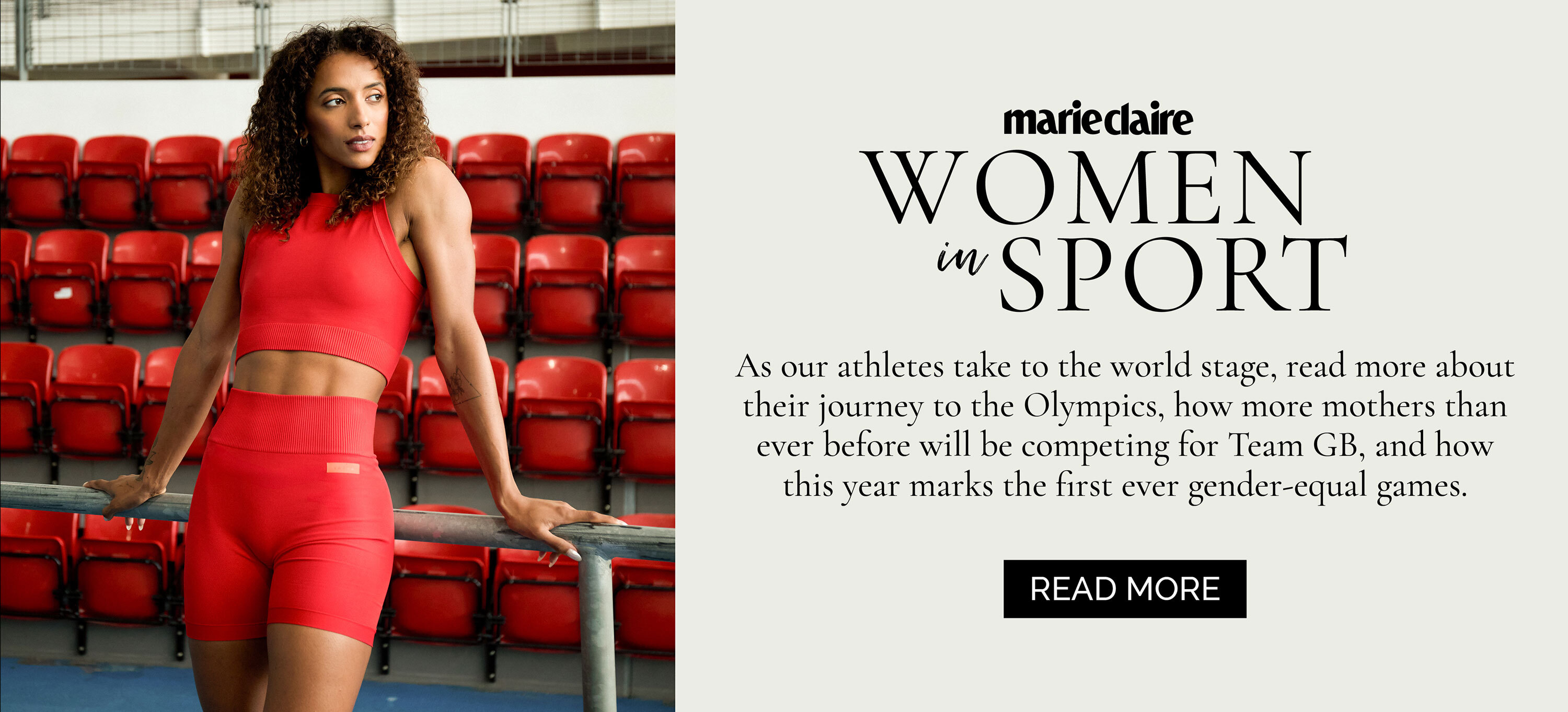

Anna Bartter is a freelance journalist who writes about health, fitness and women's lifestyle for publications including Stylist, Metro and Psychologies, among others.
She's always on a quest to find a variety of fun and functional workouts that give you the most bang for your workout buck and she's passionate about championing movement for everyone's mental and physical wellbeing.
-
 Anya Hindmarch has just launched a fantastical diving shop in central London
Anya Hindmarch has just launched a fantastical diving shop in central LondonFor those who would rather be beside the seaside...
By Sofia Piza
-
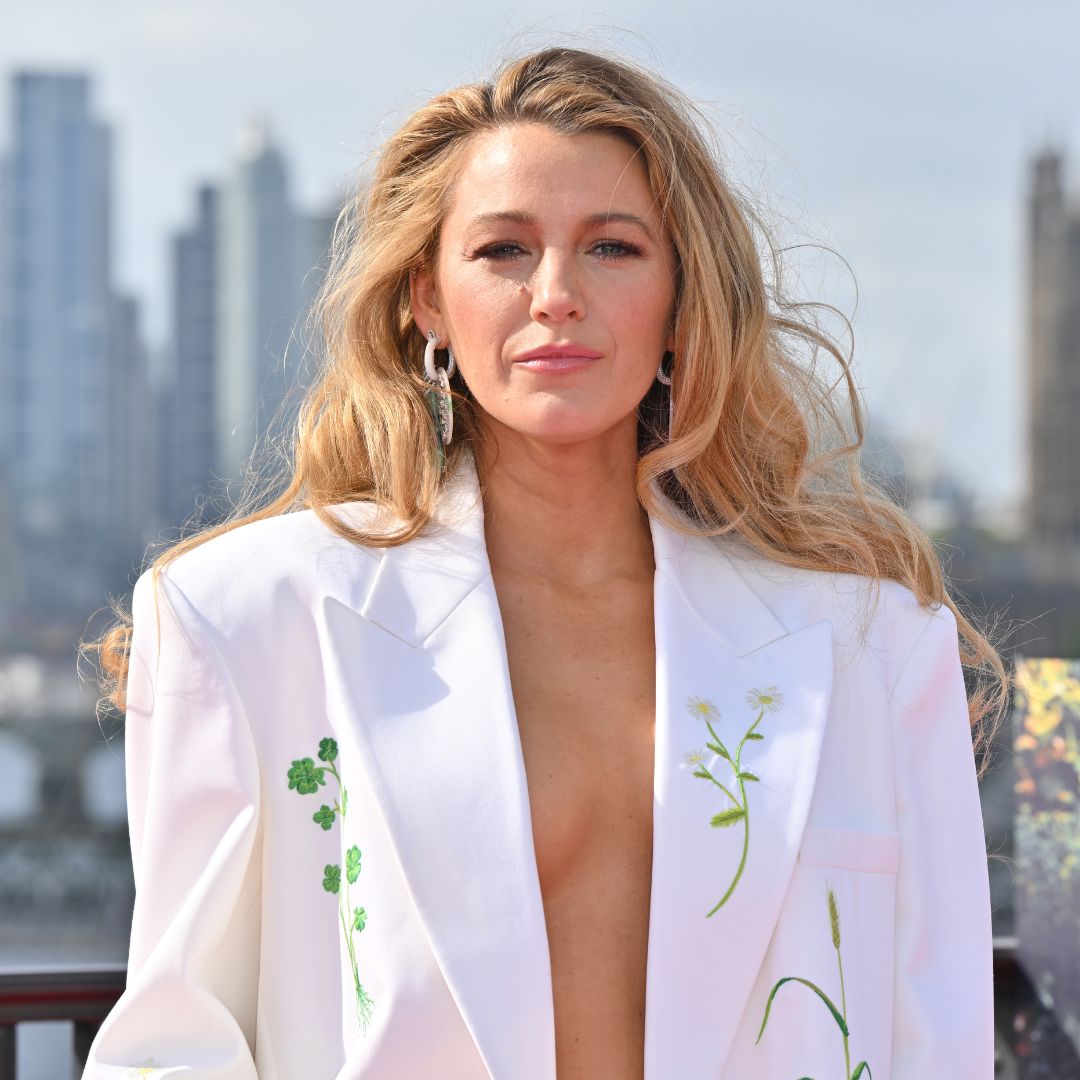 Blake Lively’s legal team has criticised Justin Baldoni’s “scorched earth" approach
Blake Lively’s legal team has criticised Justin Baldoni’s “scorched earth" approachBy Jenny Proudfoot
-
 Aimee Lou Wood has called out Saturday Night Live for its “mean” joke about her appearance
Aimee Lou Wood has called out Saturday Night Live for its “mean” joke about her appearanceBy Jenny Proudfoot
-
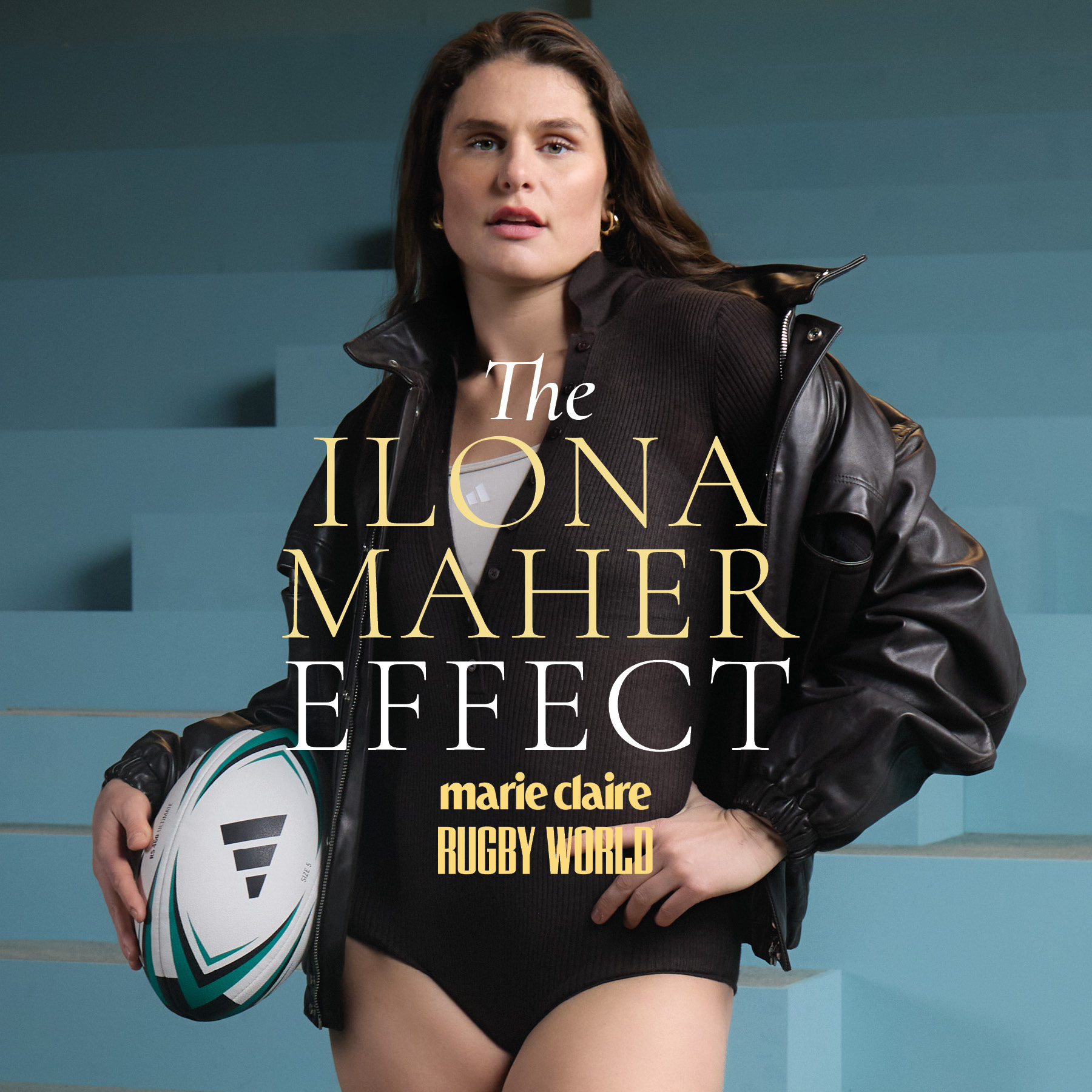 Introducing Global phenomenon, Olympic medallist and rugby icon Ilona Maher
Introducing Global phenomenon, Olympic medallist and rugby icon Ilona MaherBy Ally Head
-
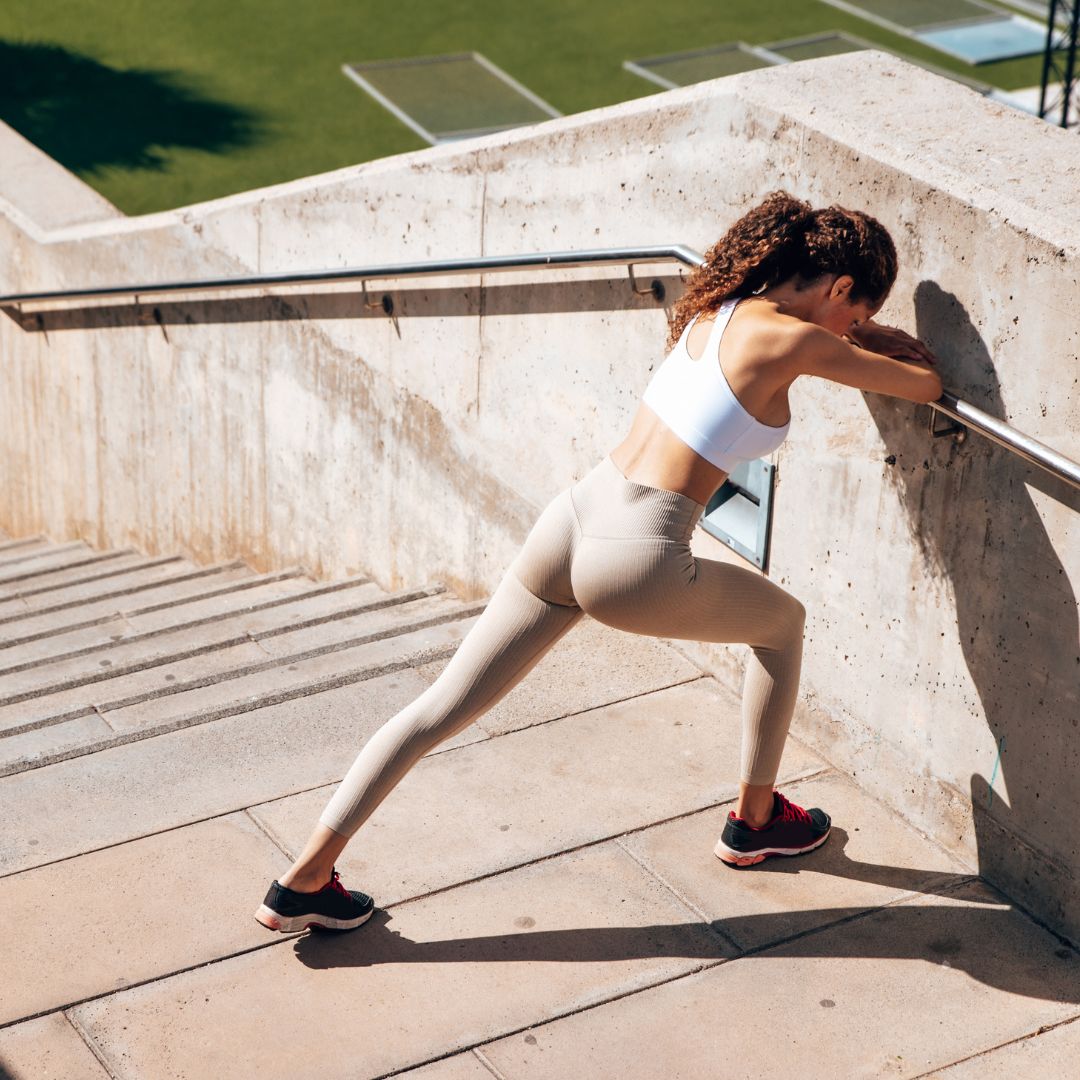 We asked a record-breaking athlete for her 10km training tips - trust us, you're almost guaranteed a new PB with this advice
We asked a record-breaking athlete for her 10km training tips - trust us, you're almost guaranteed a new PB with this adviceKeen to up your speed?
By Ally Head
-
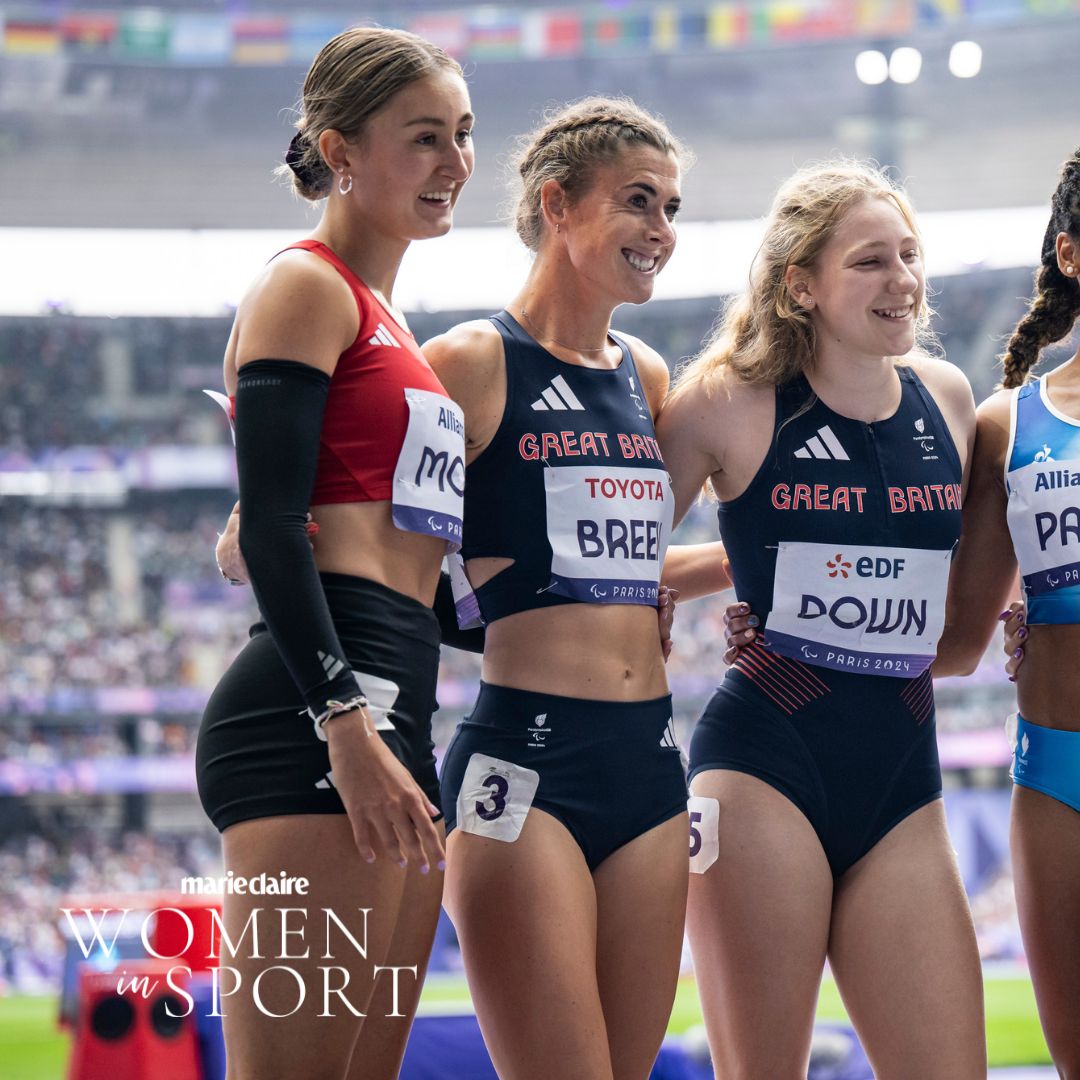 As the Paralympics finishes, Livvy Breen chats following your dreams, owning your strengths, and never giving up
As the Paralympics finishes, Livvy Breen chats following your dreams, owning your strengths, and never giving upThe three-time Paralympian chats to MC UK.
By Ally Head
-
 Lauren Steadman: "I use sport as a vehicle - I might have an arm missing, but I'm just as strong as you are."
Lauren Steadman: "I use sport as a vehicle - I might have an arm missing, but I'm just as strong as you are."The Paralympic champion and MBE owner discusses her most important life lessons.
By Ally Head
-
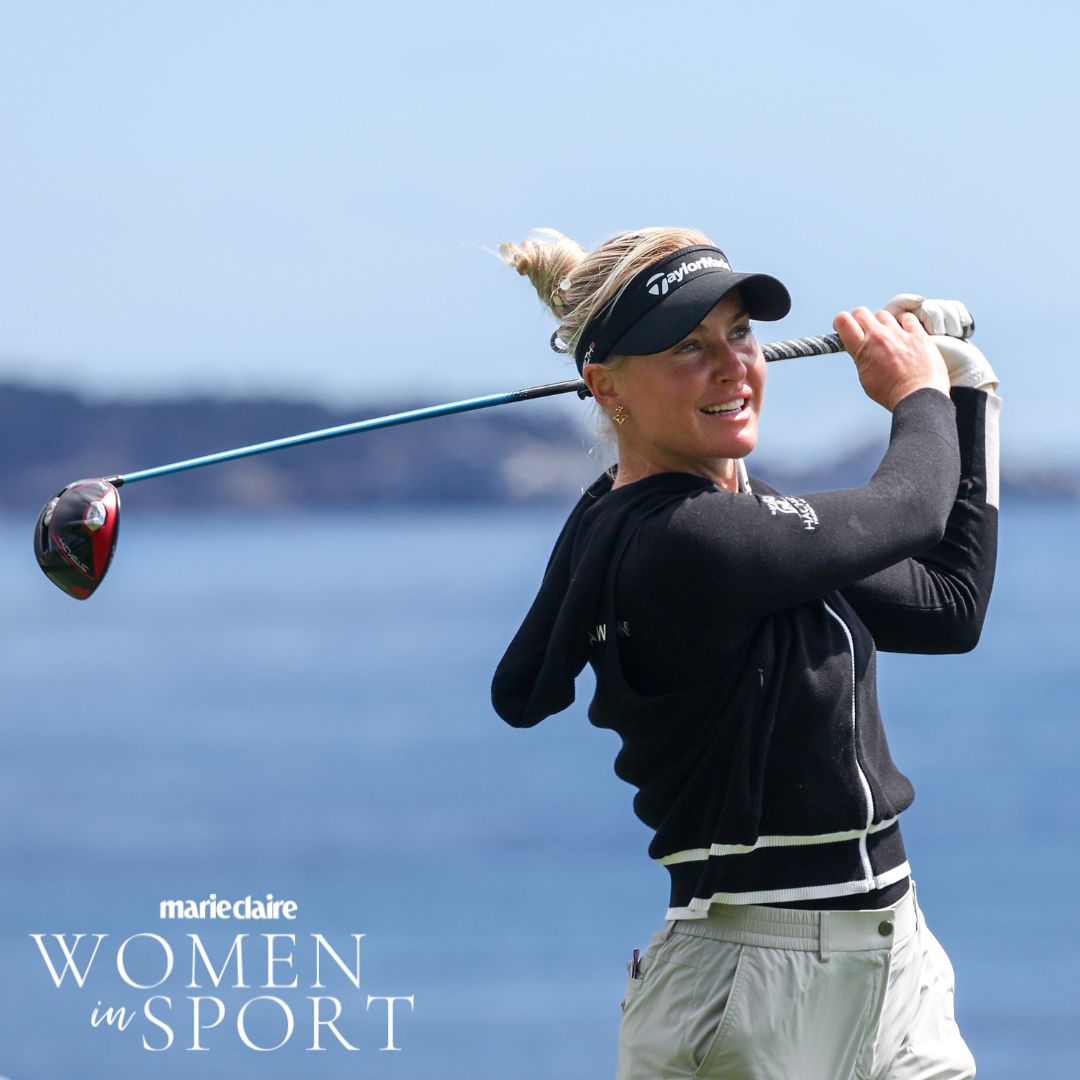 Charley Hull talks self care, confidence and the most pressing issues for female pro golfers today
Charley Hull talks self care, confidence and the most pressing issues for female pro golfers todayAs part of our Women in Sport special this summer, the British golf pro shares life lessons from her exciting career.
By Jenny Proudfoot
-
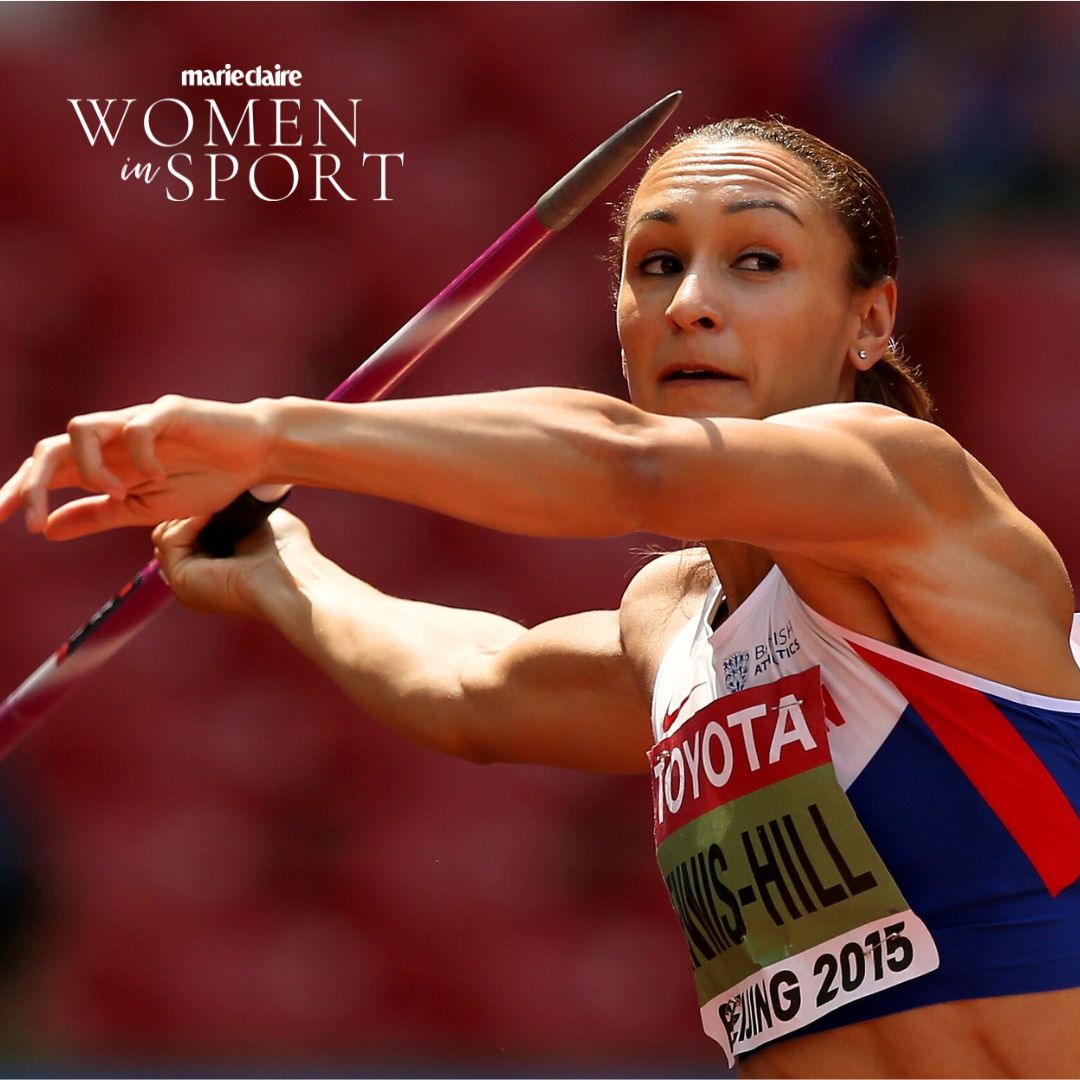 Jess Ennis Hill chats motherhood, menstrual cycles and investing in workout kit that makes you feel great
Jess Ennis Hill chats motherhood, menstrual cycles and investing in workout kit that makes you feel greatLife lessons from the three-time world champion.
By Ally Head
-
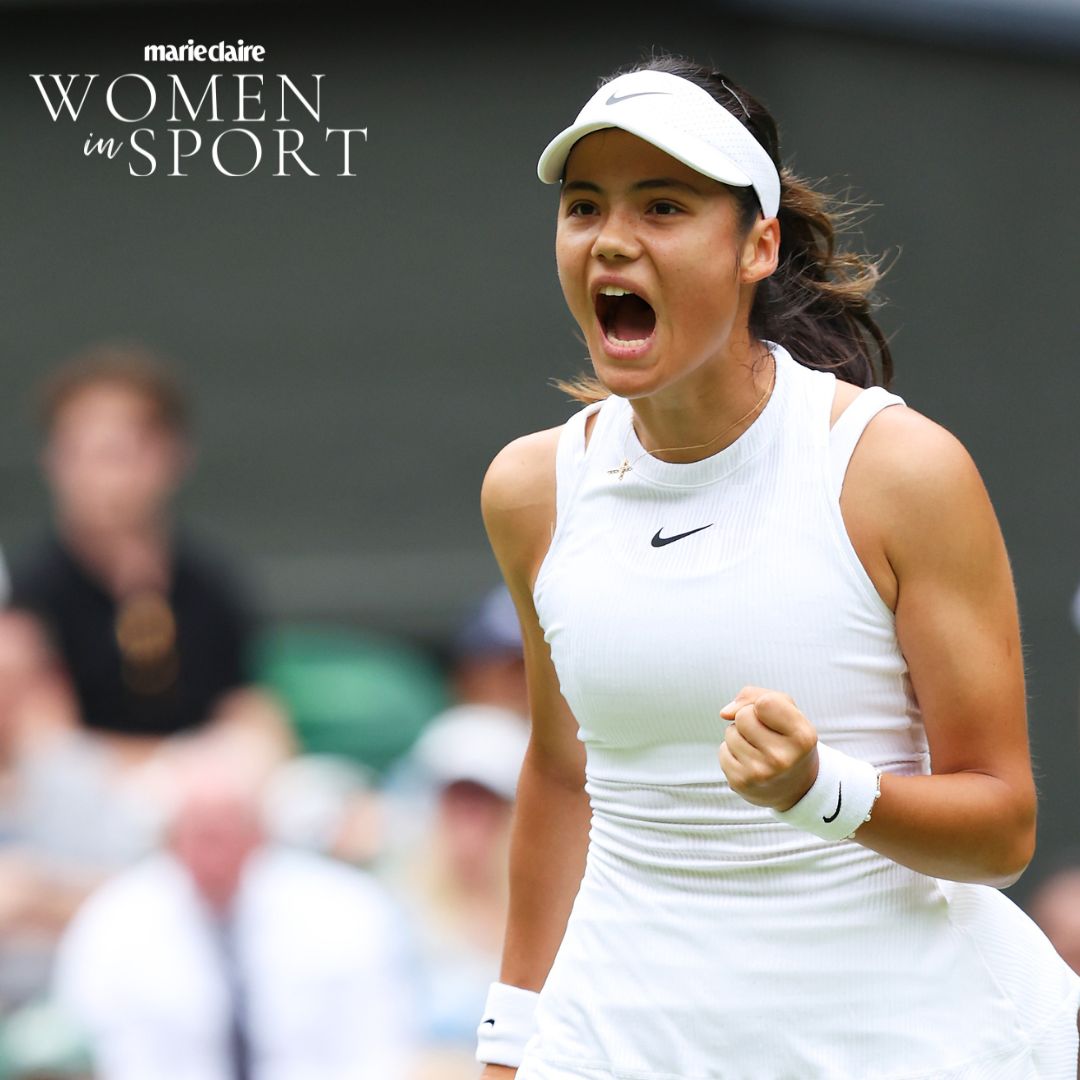 Emma Raducanu talks self care, bouncing back from injury and why there's more to life than tennis
Emma Raducanu talks self care, bouncing back from injury and why there's more to life than tennisAs part of our Women in Sport special this summer, the British tennis pro shares life lessons from her already triumphant career.
By Jenny Proudfoot
-
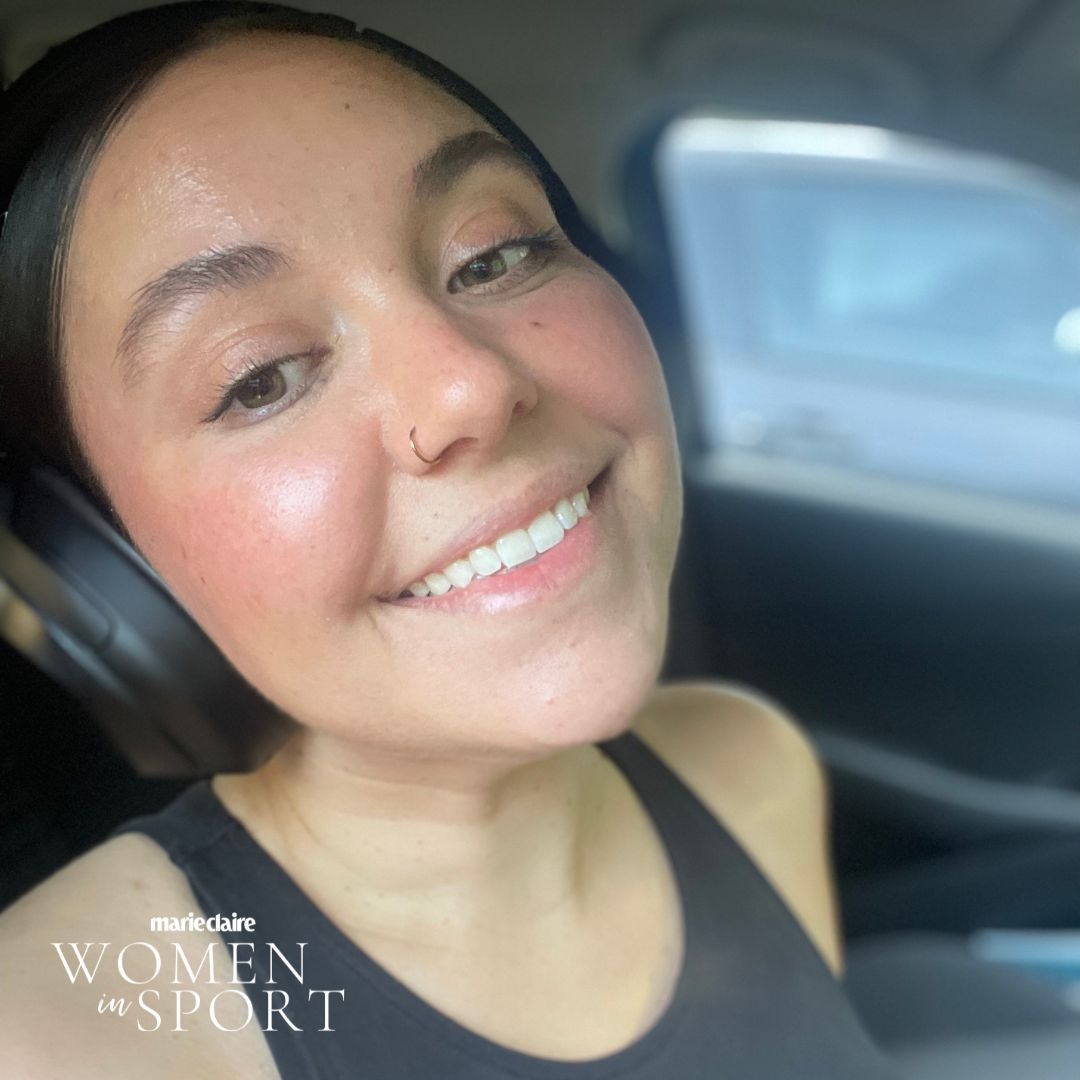 I trained like an Olympian – and have a newfound respect for their strength, agility, and motivation
I trained like an Olympian – and have a newfound respect for their strength, agility, and motivationBy Abbi Henderson